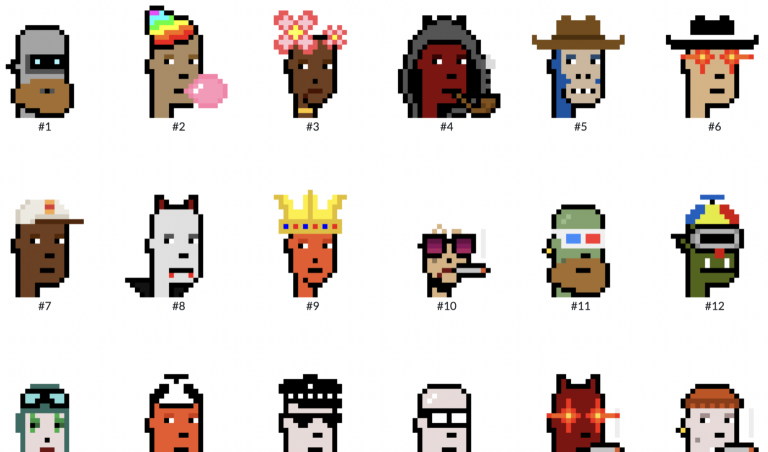
Bitcoin NFTs? The Meaning of Ordinals Inscriptions (Finding, Buying, & More)
BRIEF
At least, it appears that Bitcoin Ordinals have taken over Web3. Since software engineer Casey Rodarmor launched the protocol on January 21, the space has been buzzing, with some excited about the new upgrade and others swearing off Ordinals entirely. Despite their fame, there are only about 120000 Ordinals at the time of writing.
So, what’s the deal with the scarcity of Ordinals? The vast majority of people simply do not know how to acquire them, let alone make them. With higher entry barriers, potential opportunities abound. But it also means higher risks. If you’re willing to take that risk and embrace the potential of Ordinals, we’ll show you how to find, buy, and store them safely. First, it’s critical to understand a few key points about Ordinals that the average NFT enthusiast may not be aware of.
What are Ordinals?
Each Bitcoin is divided into 100,000,000 units known as satoshis (or sats). The new Ordinals protocol enables Bitcoin node operators to inscribe each sat with data, resulting in the creation of an Ordinal. That data enscribed on Bitcoin can include smart contracts, enabling NFTs. Ordinals are NFTs that you can mint directly on the Bitcoin blockchain.
But that’s not entirely correct. That’s the gist of it, but there are a few key distinctions between NFTs and Ordinals.
What distinguishes Ordinals from NFTs?
NFTs on Ethereum (or an Ethereum Virtual Machine blockchain) frequently point to off-chain data on the Interplanetary File System (IPFS) — a decentralized file storage system that functions similarly to the Blockchain’s hard drive — and can be changed using dynamic metadata. To improve image quality, some NFT projects, for example, update the metadata of individual NFTs. They may even request that their holders click the “refresh metadata” button on OpenSea in order to obtain the new, higher-quality image. But that’s not entirely correct. That’s the gist of it, but there are a few key distinctions between NFTs and Ordinals.
This ability to modify an NFT’s metadata alluded to a flaw Rodarmor was attempting to address when he devised the new protocol. According to Rodarmor, NFTs are “incomplete” because many require off-chain data. Ordinals, on the other hand, are “complete” in the sense that all data is inscribed directly on-chain. As a result, Rodarmor refers to them as digital artifacts rather than Bitcoin NFTs. Furthermore, NFTs frequently include creator royalties, whereas digital artifacts do not. An Ordinal, according to Rodarmor, “is intended to reflect what NFTs should be, sometimes are, and what inscriptions always are, by definition.”
All of this is to say that Ordinals on Bitcoin may not only represent a cultural shift for Bitcoin, but they may also be a technical improvement over NFTs. With that in mind, here’s how to purchase, receive, and store your first ordinals.
The most significant Ordinals inscriptions
Ordinals quickly rose to prominence. Within a few weeks of going live, fascinating collections and eye-popping sales emerged, with some individual pieces fetching hundreds of thousands of dollars. One of the most notable projects to emerge in these early days is Ordinal Punks. Ordinal Punks is a set of 100 Bitcoin NFTs minted within the first 650 Inscriptions on the Bitcoin chain, paying homage to CryptoPunks — the highest numbered Inscription in the collection is #642.

Tedious, risky, and full of potential
As you can see, if you want to be early in the Ordinals market — like “out of bed before the rooster crows” early — you’ll have to string together a web of tedious tasks to make it happen. But that opportunity could be worth it. Just be careful and learn what you can before venturing forward. Ready to dive deeper? We recommend going directly to the source: Rodarmor’s Ordinal Theory Handbook.

